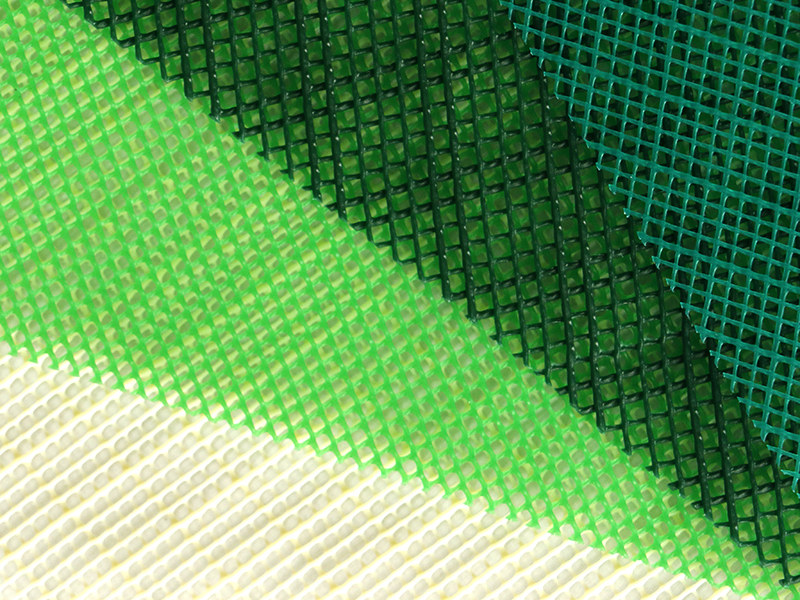The weaving technology of insect screen is the key to e […]

The weaving technology of insect screen is the key to ensuring product performance and quality. Traditional weaving methods often fail to achieve the fineness and durability required for insect-proof nets, while modern weaving technology has achieved a qualitative leap by introducing high-tech equipment and advanced processes. The precision of weaving machinery is an important basis for improving the quality of insect-proof nets. Modern weaving machines are computer-controlled and can accurately adjust the weaving tension, speed and density to ensure that each thread is evenly interwoven according to the established specifications to form a stable and fine mesh structure. This precise weaving method not only enhances the physical strength of the insect-proof net, but also enables it to more effectively block the invasion of tiny pests.
The selection of weaving materials is one of the key technologies. insect screen usually use high-quality plastic materials such as high-density polyethylene (HDPE) and polypropylene (PP). These materials not only have excellent weather resistance and anti-aging properties, but also can maintain stable physical properties in long-term use. In order to further improve the durability of insect-proof nets, manufacturers will also add anti-ultraviolet additives to the raw materials to enhance their durability for outdoor use and reduce material aging caused by long-term direct sunlight.
Complementing the weaving technology is the injection molding technology, which also plays an important role in the manufacturing process of insect screen. Injection molding technology injects molten plastic raw materials into the mold under high temperature and high pressure, and forms parts with specific shapes and functions after cooling and solidification. In the production of insect-proof nets, injection molding technology is mainly used to produce some complex connectors, support frames and other auxiliary parts.
The special feature of injection molding technology is its high flexibility and precision. By designing molds of different shapes, various parts that meet the needs can be produced to meet the installation and use requirements of insect-proof nets in different application scenarios. At the same time, injection molding technology can also achieve mass production, improve production efficiency and reduce production costs.
In order to further improve the quality of injection molded parts, manufacturers continue to introduce advanced injection molding equipment and processes. For example, the use of high-precision injection molding machines, optimized mold design, and increased raw material melting temperature can reduce defects and flaws in the injection molding process and make the parts more flawless.
In the manufacturing process of insect-proof nets, weaving and injection molding technologies do not exist in isolation, but are integrated and work together. Weaving technology is responsible for forming the main mesh structure of the insect-proof net, while injection molding technology provides the necessary support and connecting parts. The close cooperation between the two makes the insect-proof net not only have excellent insect-proof performance, but also have good stability and durability.
With the continuous advancement and innovation of technology, weaving and injection molding technologies are also constantly integrating and developing. For example, some manufacturers have begun to try to combine weaving and injection molding technologies to develop insect-proof net products with special functions. For example, by embedding injection molding parts in the weaving process, the automatic adjustment function of the insect-proof net can be realized, and the mesh size can be automatically adjusted according to changes in ambient temperature and humidity, thereby providing a more intelligent protection effect.



 WhatsApp:+8613626888261
WhatsApp:+8613626888261